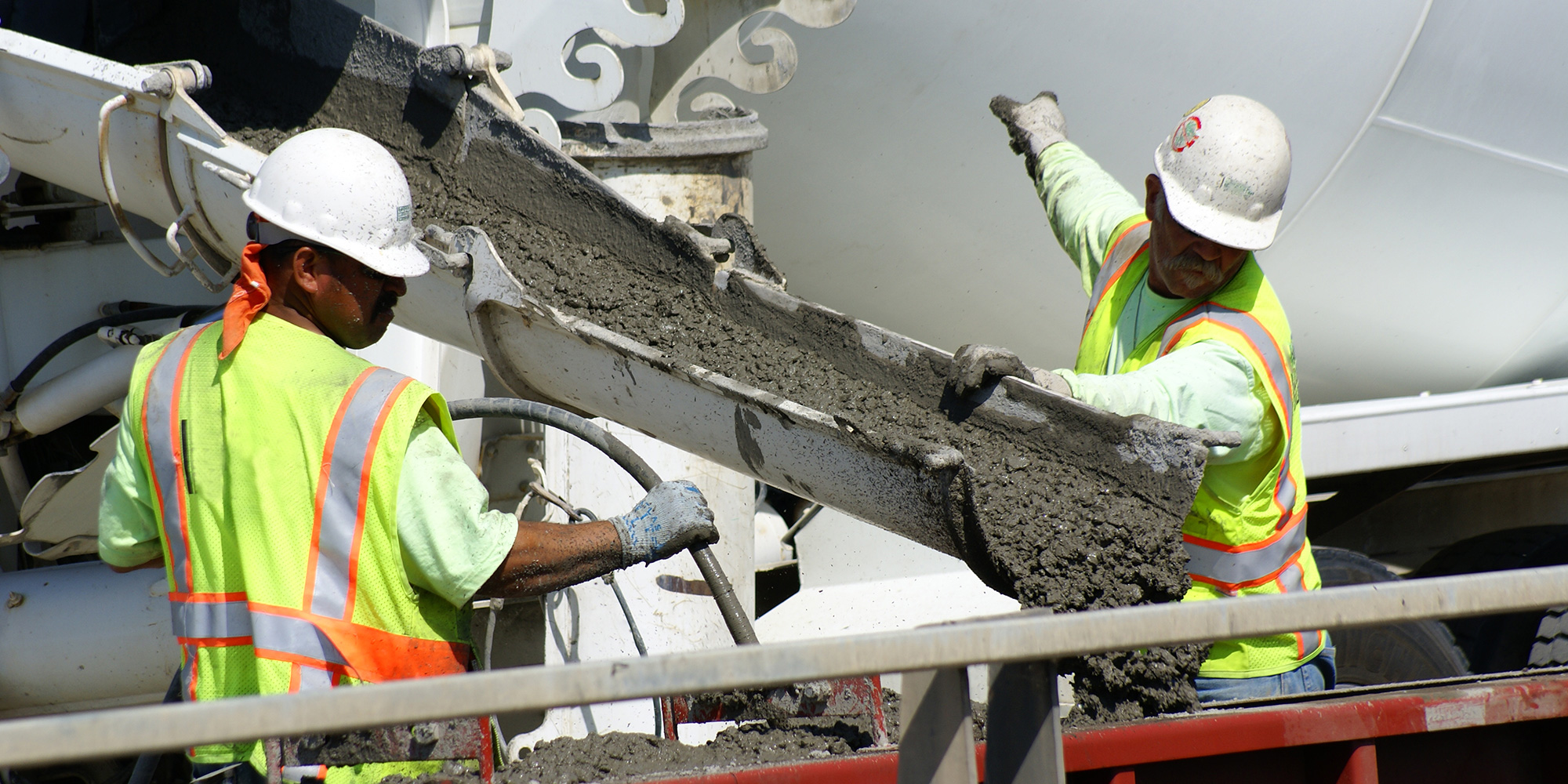7 Basic Solutions for Barriers to Indigenous Employment - #2 of 3
This is the second in a three-part series on Barriers to Indigenous Employment. In this article, we offer some solutions that employers could...

...there is a growing number of IBAs signed between industry and Aboriginal communities that include a clear target for a number of employment opportunities to be reserved for Aboriginal people. [1]
An Impacts and Benefits Agreement (IBA) is frequently a feature of effective consultation between a project proponent and an Indigenous community. As the majority of resource development projects are on the traditional lands of Indigenous Peoples, a key consideration for community leaders when negotiating an IBA is ensuring there are employment opportunities for community members.
A recommended feature, or best practice, is for the IBA to include provisions for an Indigenous Employment Coordinator (IEC). The IEC position could be funded by the developer or proponent, the Indigenous community, a government party or through a combination of the three. Ideally, the IEC should be an Indigenous person, but they do not necessarily have to be from the community involved in the IBA.
Having an Indigenous person as the IEC sends a really positive message to community members and prospective Indigenous employees that the proponent is committed to providing a culturally respectful and inclusive working environment. An Indigenous IEC would also act to reduce the culture shock some new-to-employment Indigenous workers may experience, especially if the project is remotely located in their community.
The Indigenous Employment Coordinator would work with the community/ies to develop and implement employment and retention strategies specifically targeted for Indigenous people in order to achieve the employment goals specified in the IBA.
An IEC’s mandate could include:
Thanks to Eric Mohum, Catena Group Inc, for this suggested addition.
These are a few suggestions as to what the role of the IEC could include. It’s such an important position as the IEC has a great responsibility to meet the employment targets of his/her employer and to ensure that Indigenous people are trained, welcomed into an inclusive work environment and provided with every opportunity to succeed.
[1] Opportunities for Aboriginal Persons in the Workforce, Report of the Standing Committee on Human Resources, Skills and Social Development and the Status of Persons with Disabilities, May 2014
This article was originally posted on November 14, 2016.
Featured photo: Pixabay

This is the second in a three-part series on Barriers to Indigenous Employment. In this article, we offer some solutions that employers could...

In our series on Barriers to Indigenous Employment, we looked at 8 basic barriers and then at 7 simple solutions. In this last part of the series we...

In this article, we look at the barriers - some tangible, some not - that maintain the status quo of exorbitant rates of unemployment amongst...